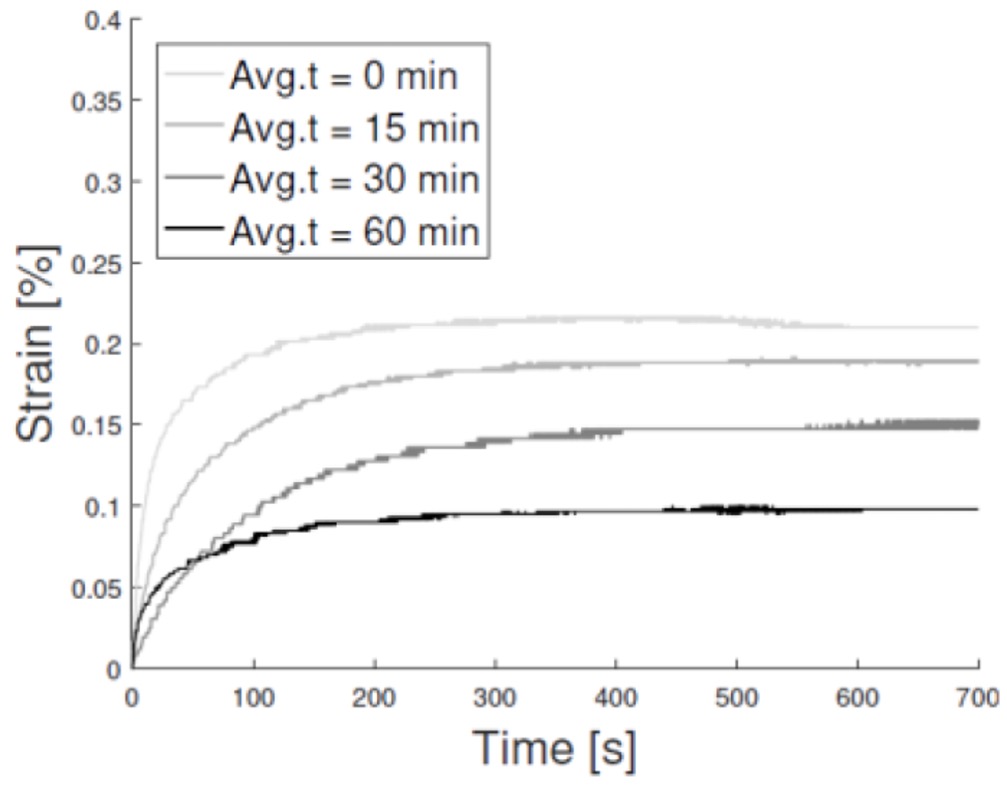Digital fabrication techniques combined with suitable cementitious materials have successfully led to the implementation of innovative manufacturing processes for concrete-like products. However, although significant advantages are expected in layered extrusion (LE) concrete technology, manifold engineering challenges arise from the process, such as the full control of the mechanical property evolution during printing.
Our CompMech member Lorenzo Casagrande, under the supervision of Prof. Ferdinando Auricchio and in collaboration with Prof. Domenico Asprone, Dr. Costantino Menna, Eng. Laura Esposito (University of Naples Federico II) and the Italcementi Group, is working on uniaxial compressive tests performed on cylindrical samples in order to determine the time-dependent compressive behavior and the early-age creep effects on fresh concrete.
Knowledge on the time evolution of the constitutive behaviour of concrete under compression is essential to predict the stress/strain state of each layer and to ensure the stability of the whole element during the printing process. Additionally, to guarantee the dimensional control and to avoid stability problems during the printing process, a comprehensive insight on the early age compressive behaviour of 3D printable admixtures is necessary. At fresh state, even the development of strain under constant load is experimentally measured: authors refer to such viscoelastic effect as early-age creep. Both compression (Fig. 1) and early-age creep tests (Fig. 2) are executed at distinct concrete ages (t = 0, 15, 30 and 60 minutes).
Results are implemented in an analytical model to predict the accumulated creep strain during the printing process. The outcomes highlight the role of the early-age creep in the development of global deformations. Lorenzo Casagrande will participate at the RILEM conference Digital Concrete 2020 held in Eindhoven.
June 12th, 2020



